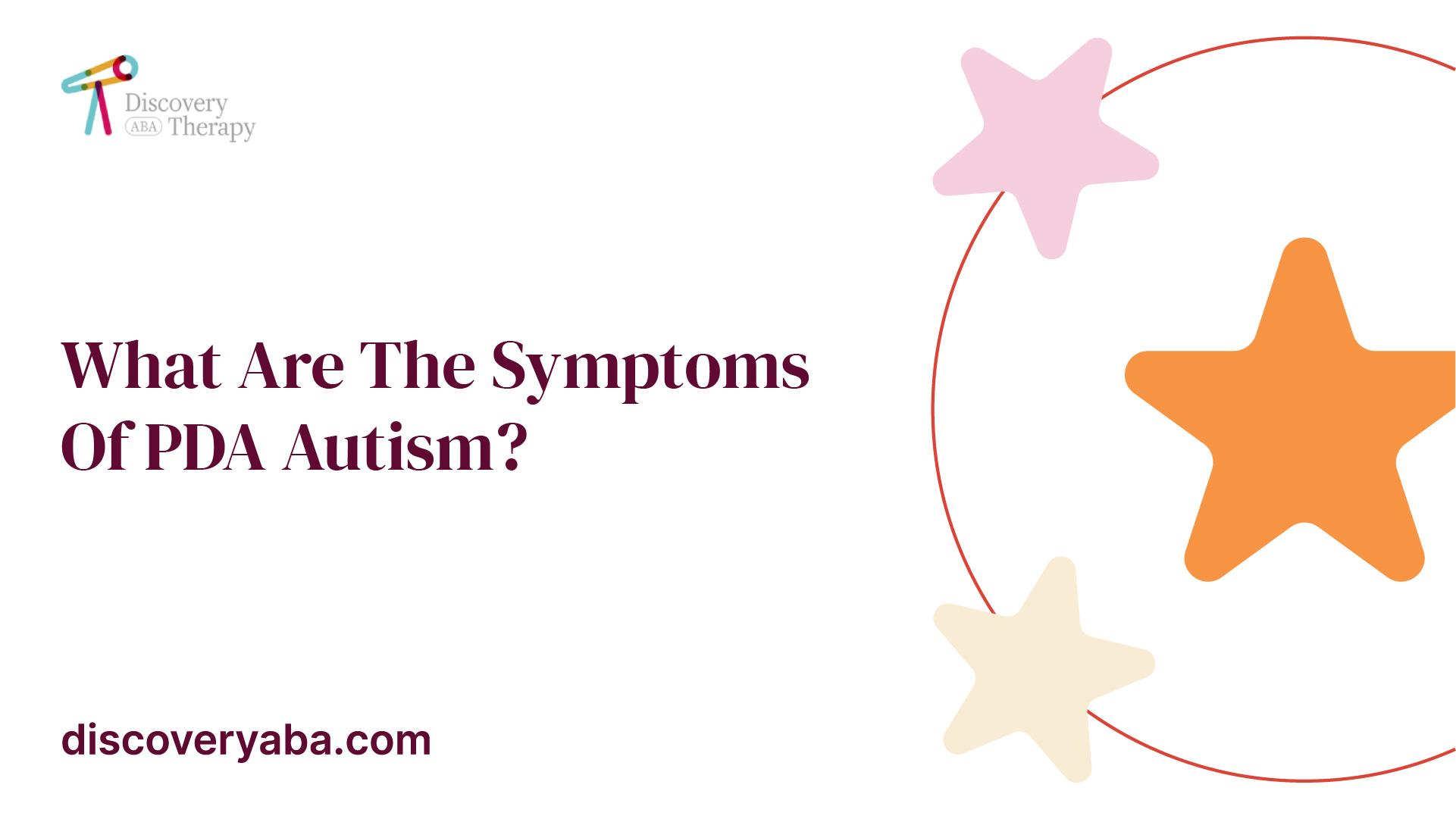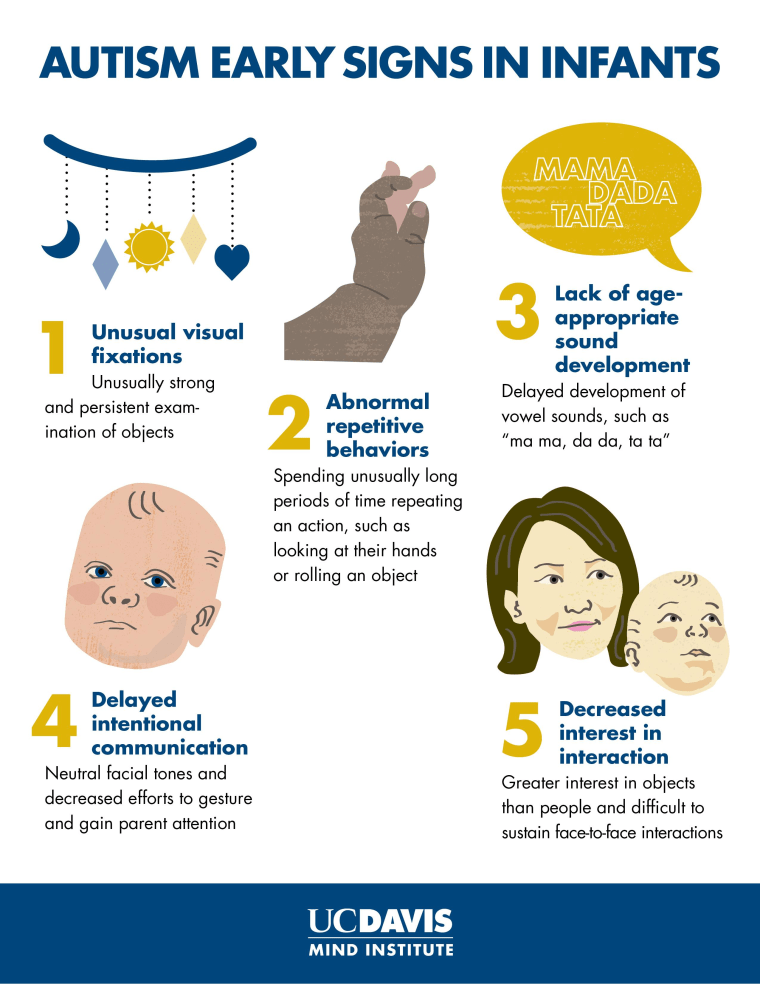Understanding the Influence of Behavioral Autism on Day-to-day Live and Social Communications
You could not understand just how deeply behavioral autism affects everyday life and social interactions. People on the spectrum usually navigate a globe filled with communication difficulties and sensory overload. These challenges can lead to frustration and seclusion, impacting their relationships and general well-being.
Defining Behavior Autism and Its Qualities
Behavior autism, often referred to as autism range problem (ASD), encompasses a variety of conditions defined by obstacles in social interaction, interaction, and repetitive habits. You may see that individuals with ASD commonly struggle to translate social cues, which can cause misunderstandings in discussions. They might discover it difficult to develop eye contact or engage in little talk, making social situations feel frustrating.
Interaction troubles can manifest in various ways, from delayed speech advancement to a preference for utilizing fewer words. Recurring actions, such as hand-flapping or rocking, can work as coping systems to take care of stress or sensory overload. These attributes can greatly impact every day life, making it vital for you to comprehend and sustain those with ASD. By identifying these traits, you can foster an atmosphere that promotes acceptance and motivates effective communication, assisting people with autism flourish in their day-to-day communications.
The Range of Autism: Understanding Irregularity in Actions
Autism spectrum disorder (ASD) isn't a one-size-fits-all medical diagnosis; it differs extensively among people. You might see that some individuals with ASD display light signs and symptoms, while others might face more significant challenges. This irregularity can manifest in actions, interests, and sensory level of sensitivities. You may come across people who are extremely spoken and involve quickly in discussions, while others may prefer singular tasks or communicate non-verbally.
Furthermore, the method individuals with ASD react to sensory input can vary significantly; some could be overwhelmed by loud noises or bright lights, whereas others grow in promoting settings. The spectrum likewise includes distinctions in social communications; some people may struggle to analyze social signs, while others navigate social setups with relative simplicity. Understanding this irregularity is essential, as it assists you value everyone's one-of-a-kind experience and tailor support to their specific requirements, fostering a much more comprehensive environment for everybody.
Interaction Difficulties Dealt With by Individuals With Autism
When you interact with individuals on the autism spectrum, you may see their unique interaction obstacles. They typically encounter problems with both spoken and nonverbal hints, which can influence their social communications. Understanding these barriers is crucial for fostering far better links and support.

Verbal Communication Difficulties
Lots of people on the autism spectrum experience spoken communication difficulties that can substantially influence their daily communications. Your tone, rate, or volume might not align with social assumptions, creating others to misunderstand your intents. Identifying these challenges can aid you and your support network establish strategies to boost communication and foster far better connections with others in your day-to-day life.
Nonverbal Interaction Obstacles
Verbal communication isn't the only challenge people on the autism spectrum face; nonverbal interaction obstacles can be simply as significant. These challenges can lead to misunderstandings or misinterpretations of social signs, making communications feel complicated or frustrating. By resolving nonverbal communication, you can locate strategies to improve your social experiences and enhance your general quality of life.
Social Interaction Influences
Social interactions can commonly really feel frustrating because of the one-of-a-kind communication difficulties faced by individuals with autism. You might battle with analyzing social hints, making it difficult to comprehend mockery or body language. This can cause misconceptions or uncomfortable moments in conversations. Furthermore, launching and keeping conversations may really feel difficult, triggering stress and anxiety in social circumstances. You might like organized atmospheres, making spontaneous communications unpleasant. It's additionally common to experience trouble in participating in little talk, which can hinder forming brand-new friendships. Recognizing these challenges can aid you discover approaches to boost communication, such as practicing social skills in secure setups or utilizing aesthetic aids - Autism Therapist. Recognizing your requirements enables you to browse social communications with higher self-confidence and convenience.
Social Interaction and Relationship Building in Autism
While building relationships can be challenging for people with autism, understanding their special viewpoints and interaction styles can foster purposeful connections. You may observe that many individuals on the spectrum choose straight interaction and might battle with social cues or small talk. By being uncomplicated in your communications, you can aid create an atmosphere where they really feel comfy.
Take the time to listen and observe how they express themselves. This understanding can direct you in guiding discussions better. Engaging in shared passions can likewise work as a bridge to deeper connections. Whether it's a pastime, a preferred show, or a mutual interest, these common threads can open up doors to friendship.
Every Day Life Regimen: Browsing Obstacles and Techniques
Maneuvering daily life routines can be particularly challenging for individuals with autism, particularly when unexpected changes happen. To navigate these obstacles, think about carrying out aesthetic schedules or checklists.
Establishing a routine that consists of sensory breaks can also be helpful. You can intend time-outs throughout your day to charge. It's vital to communicate with those around you, letting them understand your needs and preferences. This aids create an understanding atmosphere.
Finally, method mindfulness methods to handle anxiety and stress and anxiety. Simple breathing workouts or basing strategies can make a substantial difference. By incorporating these strategies, you can improve your daily regimen and decrease disturbances, making life really feel extra workable.
Toughness and Capacities of People on the Autism Spectrum
Understanding day-to-day life routines is just one facet of the autism experience. Many individuals on the autism range possess amazing staminas and capabilities that set them apart.
Furthermore, your memory skills frequently shine, especially in locations of interest. Autism Therapist. This flair for preserving details can make you a valuable source in fields like science, innovation, or art. You might likewise exhibit solid visual reasoning, enabling you to imagine intricate ideas and address troubles artistically
Furthermore, your unique viewpoint on the globe can promote empathy and understanding in others, enhancing social interactions. Embracing these useful reference strengths not only enhances your self-confidence however also assists others value the varied talents you bring to the table.
Developing Comprehensive Environments for Individuals With Autism
Developing inclusive settings for people with autism begins with designing sensory-friendly areas that accommodate their distinct requirements. You can also cultivate chances for social communication, helping to build relationships and connections. By making these adjustments, you'll add to an extra welcoming environment for every person.
Creating Sensory-Friendly Spaces
While making sensory-friendly areas, it's important to mirror on the one-of-a-kind needs of individuals with autism. Incorporate quiet areas where people can pull back and charge when bewildered. Include visual timetables or clear signs to aid people browse the area confidently.
Promoting Social Interaction Opportunities
Designing sensory-friendly rooms not only addresses private comfort yet likewise establishes the phase for significant social interactions amongst people with autism. To advertise these communications, develop comprehensive atmospheres that welcome participation. Arrange structured activities, like art classes or team video games, that motivate cooperation without frustrating sensory input. Usage aesthetic aids and clear interaction to aid every person involve comfortably. Motivate peer mentoring, combining individuals with autism with helpful peers that can lead them via social circumstances. Additionally, take into consideration hosting regular neighborhood events that commemorate neurodiversity, cultivating acceptance and understanding among all participants. By implementing these techniques, you can boost social opportunities, helping people with autism develop relationships and strengthen their social skills in a risk-free, welcoming environment.

Frequently Asked Questions
Exactly How Can Pals Support A Person With Behavioral Autism?
You can sustain a buddy with behavioral autism by holding your horses, paying attention proactively, and respecting their limits. Engage in activities they delight in, connect honestly, and develop a comfortable setting where they feel valued and comprehended.
What Resources Are Available for Parents of Children With Autism?
You can check out various resources for parents of children with autism, consisting of assistance teams, academic sites, and neighborhood community services. Attaching with other moms and dads can also provide useful insights and shared experiences to aid browse challenges.
Can Behavioral Autism Modification Over Time?

Yes, behavioral autism can transform over time. You could observe changes in communication, social abilities, and habits as your kid expands. Early treatment and assistance typically play crucial roles in these developmental adjustments.
How Do Sensory Sensitivities Influence Life?
Sensory level of sensitivities can make everyday experiences overwhelming. You may have a hard time with brilliant lights or loud noises, leading to tension or avoidance. Finding environments that fit your requirements can greatly enhance your convenience and general day-to-day live.
What Are Common Misconceptions Regarding Behavioral Autism?
You could believe behavioral autism only influences interaction abilities, but it's more complicated. Lots of presume people lack compassion or intelligence, which isn't true. Comprehending these misunderstandings assists foster approval More about the author and assistance for those on the range.
Behavioral autism, often referred to as autism range condition (ASD), incorporates a range of problems defined by difficulties in social communication, communication, and recurring behaviors.Social interactions can typically feel frustrating due to the distinct interaction obstacles encountered by individuals with autism.Designing sensory-friendly rooms not just addresses private comfort but additionally establishes the click for more info stage for significant social communications amongst people with autism. Encourage peer mentoring, coupling individuals with autism with supportive peers who can assist them via social circumstances. By applying these techniques, you can enhance social chances, assisting people with autism build relationships and reinforce their social abilities in a risk-free, inviting setting.